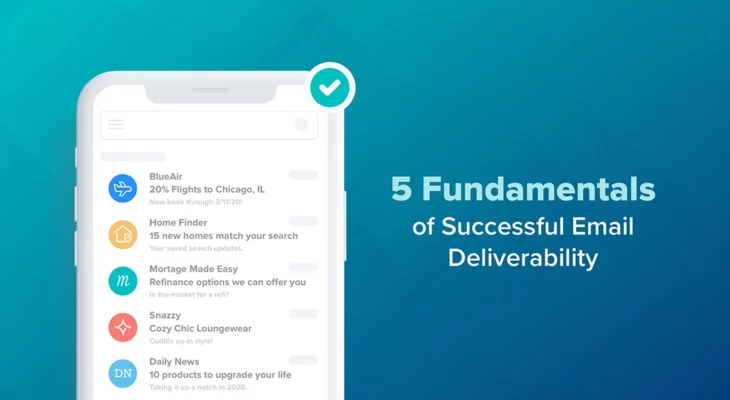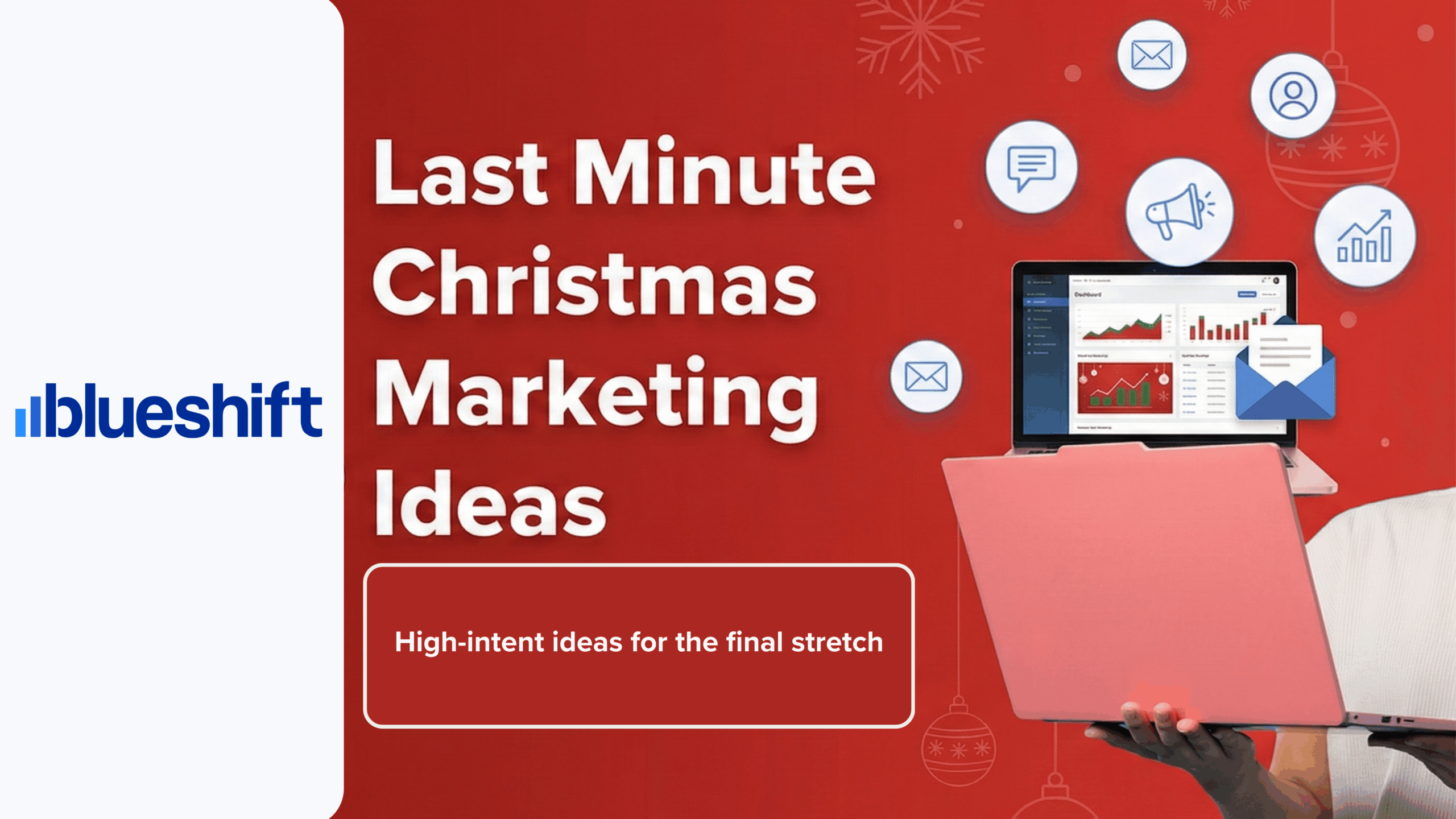We recently reviewed what it takes to carve a successful path to the Inbox during the Holiday Season. And the truth is, the mailing practices discussed in our 2019 Guide to the Holiday Season hold true throughout the year. Building on positive reputation factors with strong engagement, while keeping negative reputation factors to a minimum, is critical to maintaining a healthy email program year round.
From day one, senders must put their best foot forward and remain as consistent as possible as their audience grows. Being seen as a reputable sender in the eyes of the ISPs and MBPs should be top priority. Here are Blueshift’s 5 steps to successful deliverability.



